Recent projects
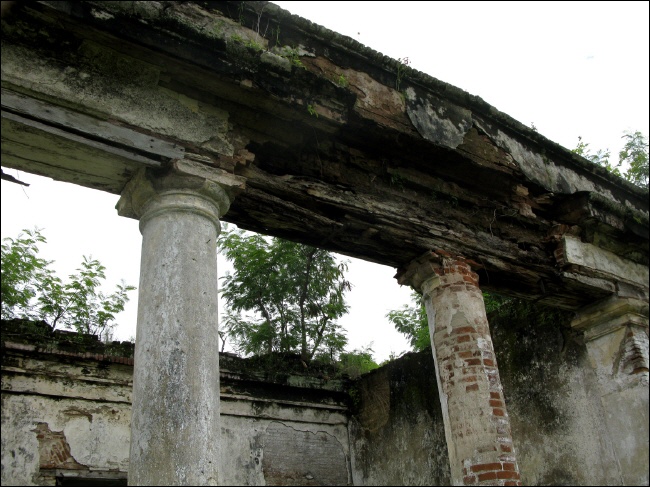
Remainings of Fort Willem l, Ambarawa, Java
Review at the end of the project
The performing Indonesian- Dutch parties (non-governmental organizations), cooperating were: PDA 'Pusat Dokumentasi Arsitektur' ( http://www.pda-id.org ) and PAC architects and consultants.
However, the credits should be given to the Ministry of 'Culture and Tourism' (Kebudayaan dan Pariwisata), they initiated this research project----- and handed over us a draft list of about 270 Forts. And, now the project is finished, the final inventory numbered around 450 forts plus a remarkable amount of World War 2 objects, like small bunkers and pillboxes.
After a certain preparation period, the project started in July 2007 and the field survey brought us the last 3 years through the entire Indonesian archipelago.
We draw the conclusion that the implementation of this project, did involved lots of committed people- and institutes; contributed to the dissemination of knowledge and in the light of all this, I regard this research project as an ultimate generator of capacity build up, to benefit the professionals and the students involved.
Regarding the implementation of the field survey, we operated with two field teams, supported and assisted by the local offices of the Ministry and in cooperation with local universities and heritage organizations, plus numerous volunteers. Indeed, there were probably hundreds of people who contributed. I want to mention them here and thank them gratefully for their involvement, enthusiasm and efforts to this project of national significance.
There is no doubt that the considerable financial support and generous attitude of the governments of Indonesia- and the Netherlands made it possible to carry out this magnitude project. An important result of the project is the creation of a database containing: the survey data, stored in accordance of a systematic format. This database may regard as the main contribution and outcome of the project, delivering facts and knowledge to the national- and regional lists of archaeological sites- and architectural heritage, both.
Now, finally, there is a general overview available. Based on this enormous amount of survey results, the government might able to derive guidelines to preserve and select their priorities in the conservation approaches. But, in addition, this comprehensive database may be used as a start point for more specific research, to prepare the Fort as a subject in integral urban planning. Also, researchers, students, writers and other interested parties might be using the database more precisely to define their research proposals, or give their publications a more solid background.
As told the Indonesian and Dutch governments both, encouraged the team cooperation in a positive sense and in behalf of the project team, thank them for that. I feel proud to state that the project results are remarkable.
Beside the comprehensive database----- an accessible website is produced ( www.bentengindonesia.org ) ; here, one can obtain the most important available data. The film produced in the terms of the project and the added side production of a coffee table book (soon available), will grant to the needs of popular information supply.
The catalogue book provide us in a handsome way, the background history, but also a presentation of the several remainings of Forts and defensible structures, this as a partial picture of the animated history of Indonesia
Cor Passchier architect - researcher November 24, 2010.

HGIS Cultural Programme. . . . . . . . . . . . .
 |
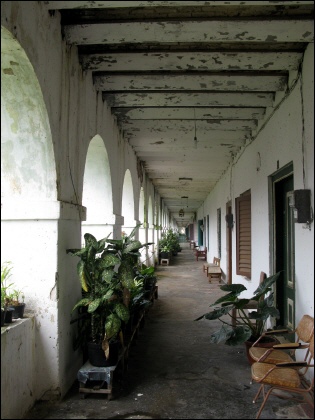 |
.....The significance of Forts as subjects of cultural- historic heritage
Indonesia is one of the unique countries in the world. The great archipelago with its wealthy and various nature, the products of tropic agriculture and the rich soil, was through the centuries a region of interest for other countries all over the world.
They came to Indonesia and tried to explore it. Spices, woods and mining were interesting commodities. For several reasons some of these countries came to Indonesia to establish their existence and tried to monopolize the trading. These countries such as the Portuguese, the Spanish, the Dutch and the British built strengthened trade stations or forts all around Indonesia to defend their interest. These fortresses are nowadays-valuable subjects, because they might be considered as shared heritage among these countries and Indonesia. Some of the fortresses maintain in a proper condition, but to many of them are neglected and left in poor circumstances. It seems important to develop a vision to preserve these particular subjects of heritage, because they are an interesting part of the Indonesian history and its cultural treasures.
There are probably more then 275 fortresses or former strengthened trade stations in Indonesia; at the end of the project we considered 442. On the main - and smaller islands, these witnesses of the roaring history are present in all kind of physical conditions. The former main fortress, ‘ the castle’ in Jakarta is already demolished in the beginning of the 19th century; but in cities as Makassar in Sulawesi and Bengkulu in west-Sumatra, the fortresses Rotterdam and Marlborough are still very significant to the urban environment and the identity of these cities.
To build a strengthened trade station, one had then to pay attention to the rules of military architecture. Beside that, it was necessary to plan and design building space for the merchants and their administration, warehouses to store the merchandise, room for a church and hospital and of course the hosting of a military garrison, an ammunition store; bring up all this, we might conclude that we are dealing with a small town or a commune on its own. A very small western, look a like and organized, settlement in an overwhelming tropical décor and environment. The choice of the settlement location depended to the environmental characteristics and based on strategic- functional facts, like a position near by a river or a natural sea harbor.
The idea to implement a general documentation project regarding the historic fortresses in the archipelago of Indonesia was suggested by the Ministry of Culture and Tourism (Kebudayaan dan Pariwisata) of the Republic Indonesia. The project fits in the structural cooperation on NGO level, between the Indonesian party PDA and the Dutch party PAC.
The Indonesian Ministry of Culture and Tourism regards the documentation project; concerning the maintaining and preserving of architectural- cultural heritage as a main asset in the terms of the law no.5/1992 on Monuments and Archeological sites. The Ministry likes to supply an active support in this research project, which might be implement in a common Indonesian- Dutch cooperation.
The project proposal is a product of the common efforts of the staff of the section Archeology of the Ministry, Pusat Dokumentasi Arsitektur 'PDA' and PAC architects and consultants. The project contract is signed in March 2007, a period of preparation about 3 months is estimated. Beside the field survey in Indonesia an archive survey will be implement in the relevant archives in the Netherlands.
The implementation period of the project is planned for a term of 3 years, it starts in the middle of the year 2007. The governments of the Netherlands and Indonesia supplied the financial budget, to make the realization of this project possible:
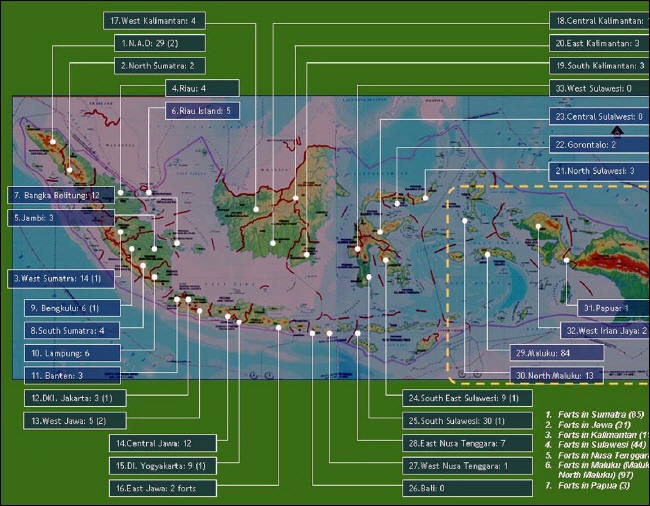
Map of Forts in Indonesia
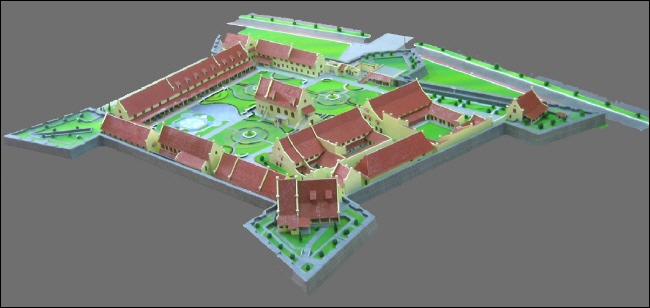
Model: Fort Rotterdam Makassar, Sulawesi
_______________________________________________Involved in architectural and urban heritage
Conservation of historic photographic material
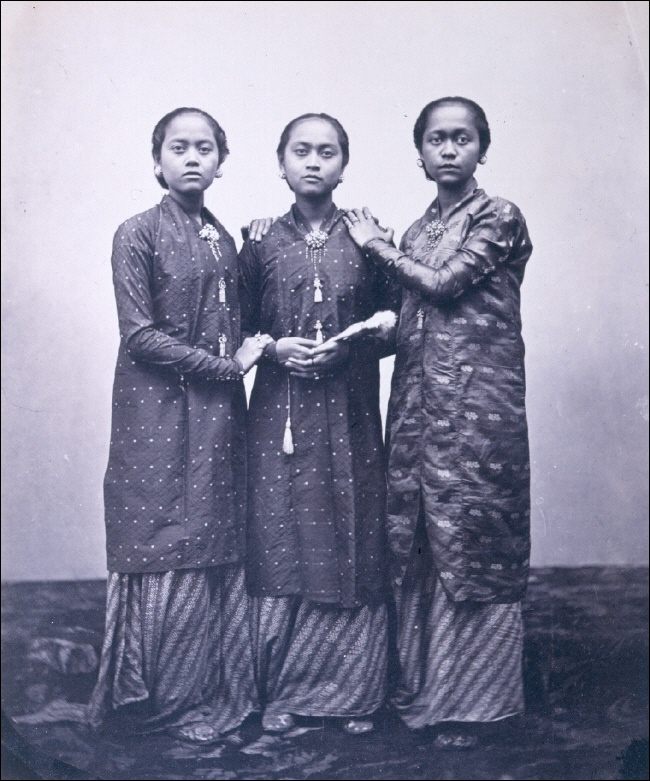
Daughters of Sultan Hamengku Buwana VI around 1862
.....Scope of the project
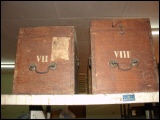
The first part (Part 1) of the proposal is mainly focussed on training, in the Netherlands, of two Indonesian staff members from the Indonesian Ministry of Culture and Tourism (Kebudayaan dan Pariwisata). It concerns a more particular an intensive introduction to the vision and practice of a museum, regarding the storage facilities, the preservation and conservation issues of photographic materials and graphic documents.
The second part (Part 2) of the proposal might be considered as the follow-up of the introduction and training component. It is dealing with a real conservation project, regarding unique photographic material, the collection of the (nineteenth century) photographer 'Isidore van Kinsbergen' (1821-1905). This material is stored in the archive of the Indonesian governmental agency for Archaeology (Bidang Sejarah dan Perbukala). In August 2005, it is concluded there are around 400 glass negatives and possibly corresponding photo prints.
The evaluation of the project is planned in the form of a small workshop in Jakarta, with presentations of those who were involved; this workshop will mark the closing of the project and will put forward recommendations regarding the actions to be undertaken in the follow-up period. The implementation of this project is considered as a step to the goal of the development of a centre of expertise on how to treat photographic and drawing collections in Indonesia.
The agency 'Bidang Sejarah dan Perbukala is involved in both Archaeology and the Conservation of architectural heritage; they are involved in the administration, supervision, management and maintaining of the archives concerning architectural- and urban heritage, dating from the middle of the nineteenth century onwards. Before the independence of the Republic of Indonesia, the colonial 'Oudheidkundige Dienst' had this responsibility. At the present, these former colonial archives are a part of the actual greater archive, which is partly digitized.
The agency, in particular the section Registration and Archives, has the administration etc. of a large historic collection of photographic prints, and negatives/ glass plates and drawings. The photographic collection holds and is estimated about 15000 images. The condition of important parts of this material is regarded as in a worse condition; it is told that about 20% of the glass plate negatives are broken or with a loose emulsion layer, or otherwise damaged. The prints as well as the drawings and also some written documents have suffered from damp. The storage of the archives, in Gambir/Jakarta, does certainly not comply with international and actual standards regarding archives. The responsible organization is obviously convinced of the necessity to gain the knowledge and expertise to improve the conditions in general.
The project is based on a cooperation of Indonesian and Dutch parties; the Indonesian ministry of 'Tourism and Culture' (Kebudayaan dan Pariwisata), in particular the agency for Archaeology (Bidang Sejarah dan Perbukala). The Dutch ministry of 'Education, Culture and Science' in particular the agency for Archaeology, Cultural landscape and Monuments (RACM); Joined by: the Royal Tropical Institute (KIT), the Nederlands Fotomuseum (Nfm) which institute has the mayor role in the transfer of conservation knowhow and Huis Marseille/ Museum for photography.
The project is managed and supported by PAC architects and Consultants the Netherlands with the support of the National Documentation Centre (Pusat Documentasi Arsitektur 'PDA') in Indonesia.
We are very grateful to the Indonesian government and Mondriaan Foundation- Amsterdam, for their enthusiasm- and financial support.
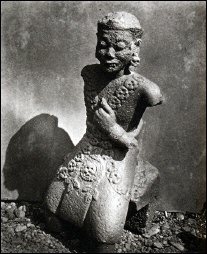 |
 |
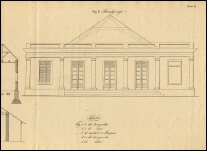 |
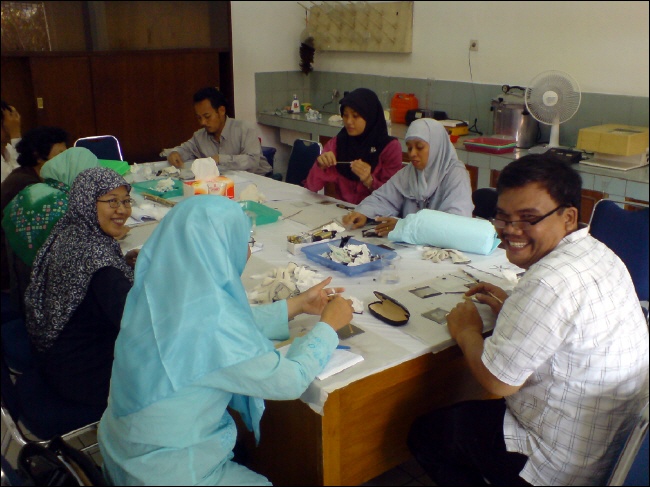
.
__________________________________________________________________________________
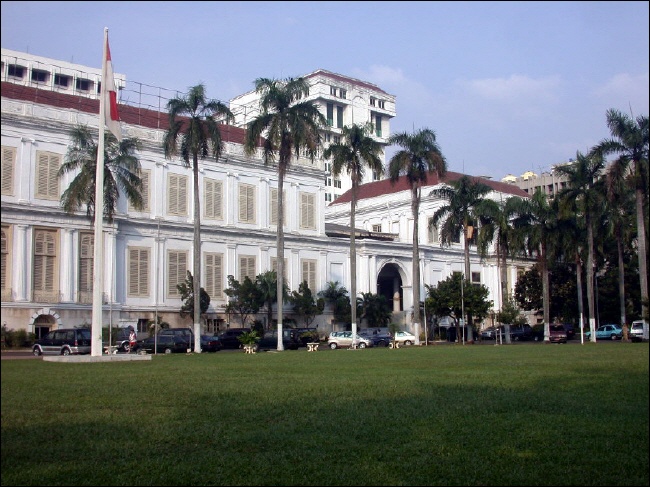
The project site 2005
.....Introduction
In August 2004, PDA (Pusat Dokumentasi Arsitektur) and PAC (Passchier Architects and Consultants) started with a very interesting project concerning the inventory- and documentation of a historic- monumental building complex at the Lapangan Banteng (square) in Jakarta, Indonesia. Nowadays the building is a part of the office complex of the Department of Finance of the Republic of Indonesia.
We did regard this pilot project as the beginning of an architectural- historic investigation. Keywords are: architectural- and urban heritage, inventory and documentation, archives, publications and exhibitions.
As a main theme, in all kind of projects, we do recognize the importance of the development of the peoples awareness.
The project is finished in April 2005, completed with a small exhibition in the Jakarta Design Centre and a public booklet tittled ' The White House of Weltevreden'. You can order this by PDA, see for the e mail adress in page 'Our counterparts'.
Both Non Governmental Organizations, PAC and PDA are very grateful for the support, we received, of the Goverment of the Republic Indonesia and the Government of the Kingdom of the Netherlands.
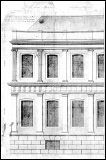
.....The project in general
|
|
Training in teamwork, by documenting and inventory monumental buildings- and sites. |
|
|
Research and record the Department of Finance as one of the old historical structures, so it is well documented and stored. |
|
|
Research and study, to discover the richness of the architectural history of the building complex. |
|
|
Analyse the role- and significance of the building complex, in terms of contribution towards the urban environment. In this case, as carrier of identity regarding the square Lapangang Banteng. |
|
|
Invite and show the public to take notice of- and understand more on the history-, beauty- and relevance of the architecture; also by publishing and exhibition. |
|
|
Create opportunities- and deliver knowledge to architects and other interested parties to be able to learn and participate in documenting subjects of architectural heritage. |
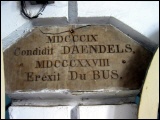
.
____________________________________________________Click on this view
About Mireille J. van Reenen, a Master thesis Art History
A comparative architectural analysis of the Government House in Weltevreden (present Departemen Keuangan, Jakarta, Indonesia)
Mireille J. van Reenen did her thesis in Art History at the University in Leiden, the Netherlands. Mireille was then already a year before graduated at the Delft University of Technology, the Netherlands, as a civil engineer. To read more about her thesis, see the preface, she wrote and the summary on the next page.
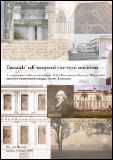
_____________________________________________________________________________________________
Home
(C) 2005 - Alle rechten voorbehouden